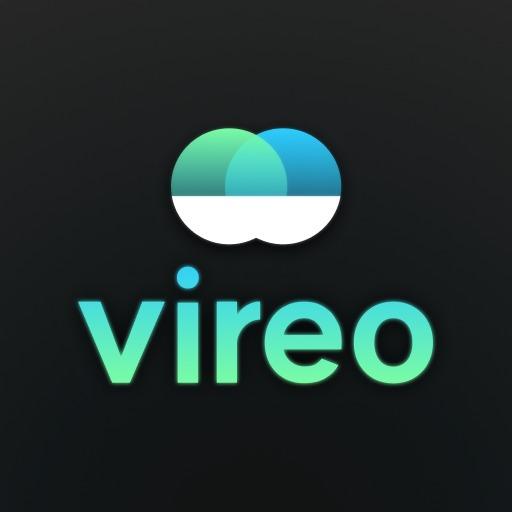Vireo
Web3.0 Greenpeace, Vireo makes sustainable environmental investments with validator delegation
Created on 2nd September 2023
•
Vireo
Web3.0 Greenpeace, Vireo makes sustainable environmental investments with validator delegation
The problem Vireo solves
Overview
Vireo is a project that started with the belief that blockchain technology can help the environment.
We thought that the web3.0 POS validator activity would be a clue to sustainability. We set up a treasury with the yield from the validator and completed the structure by letting the DAO decide how to use the treasury for environmental activities.
In addition, DAO users can check their environmental impact in a visualized form and enjoy more environmental activities by obtaining VireoX creatures (Dynamic NFTs) that evolve in proportion to the amount of staking and the period of time.
Background
In 2023, the world was hit by an unprecedented climate crisis. As we were in the blockchain industry, we were inspired to start using blockchain to heal environmental problems.
Why Validators?
-
Long-Term Commitment: Solving environmental issues isn't a quick fix; it requires sustained attention and investment.
-
The Web3.0 Solution: Vireo enables donors to preserve their principal amount, using only the generated interest
for environmental causes.
Current Scale of Staking
- 60+ POS staking available chains.
- Staking market cap is over 9 billion $
How It Works

1. Delegated Staking
smart contracts transparently direct generated interest into an environmental treasury.
A real-time dashboard allows users to track how much is staked and accrued in the treasury.
2. Decentralized Autonomous Organization (DAO)
Stakers are granted DAO memberships that allow them voting rights on how the treasury is utilized.
DAO members can propose and vote on environmental initiatives.
3. Dynamic NFTs (D-NFT)
Stakers receive D-NFTs as proof of membership.
These D-NFTs evolve based on the amount and duration of the stake, and they can grant additional voting power.
Challenges we ran into
Complex Integration of Multiple Services
Vireo had to develop a range of services—including Delegate Validator Staking Service, DAO, and Dynamic-NFT (SBT)—that go beyond what's usually included in a single dApp. This posed challenges when creating contracts to integrate various protocols. To tackle this, we first made sure that each protocol was developed closely aligned with its base logic. We believed that deviating from the base logic would introduce unforeseen complexities and vulnerabilities. Secondly, we relied heavily on integration tests. Since each protocol didn't stray far from its base, extensive testing was less necessary. We focused on testing the entire flow of our services to ensure seamless integration.
Service Policy Considerations
While not technically a challenge, we did have a significant dilemma. Specifically, we debated whether to make our adorable creature, VireoX, an NFT or an SBT. Using NFTs would offer the potential benefit of extra profits for users if traded, which could act as an incentive to use our service. However, we were concerned that the fate of the service could be too dependent on the value of the NFTs. Given our stance on continuous contributions to the environment, we decided it was more sustainable to opt for SBTs. This allows users to see the dynamic visual impact of their influence and only affects their voting power within the DAO.
If you have any additional thoughts or feedback, please feel free to reach out. Thank you for reading.
Tracks Applied (7)
